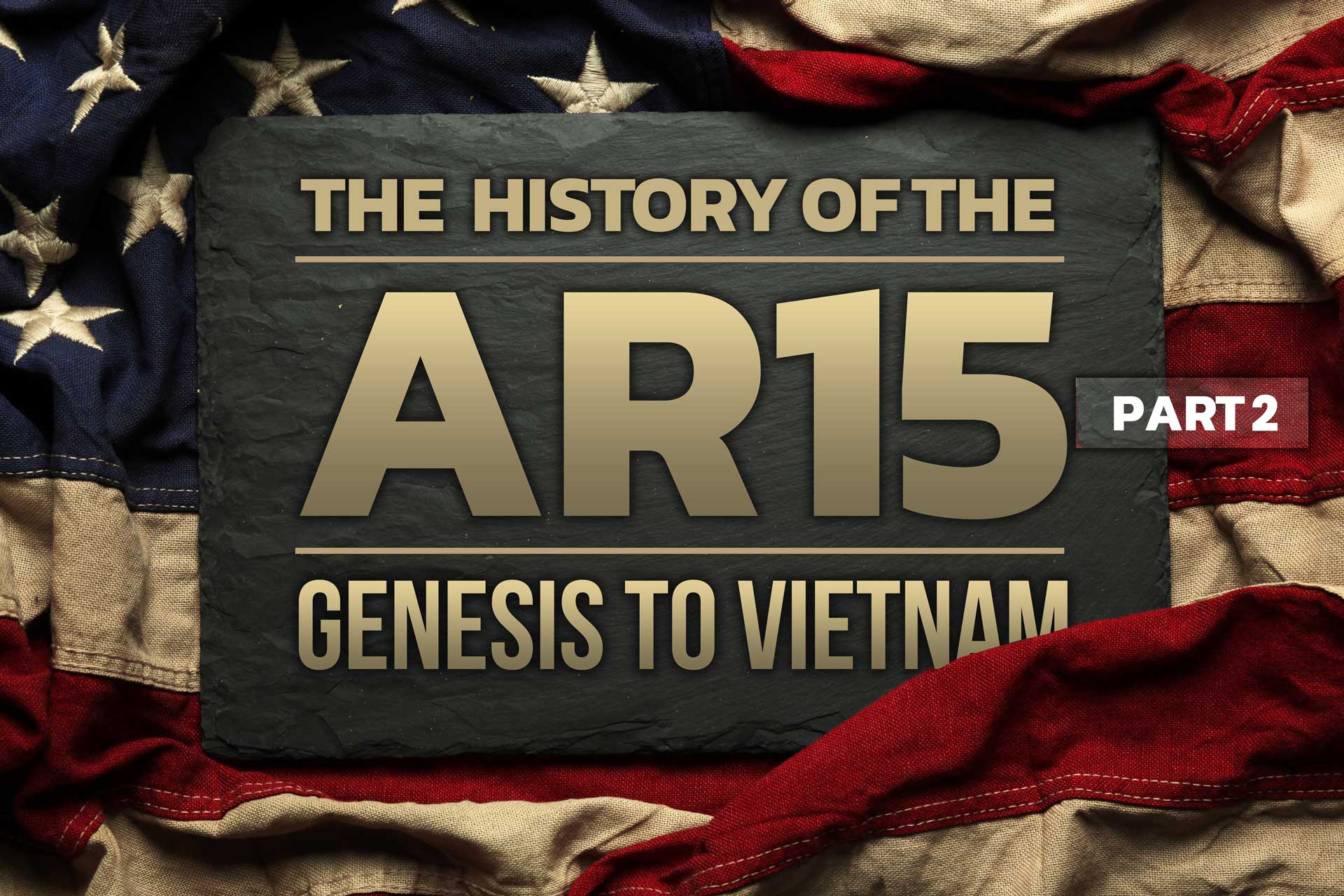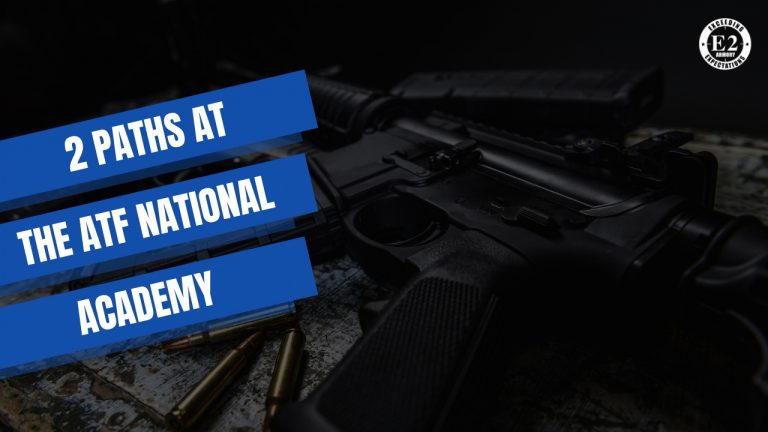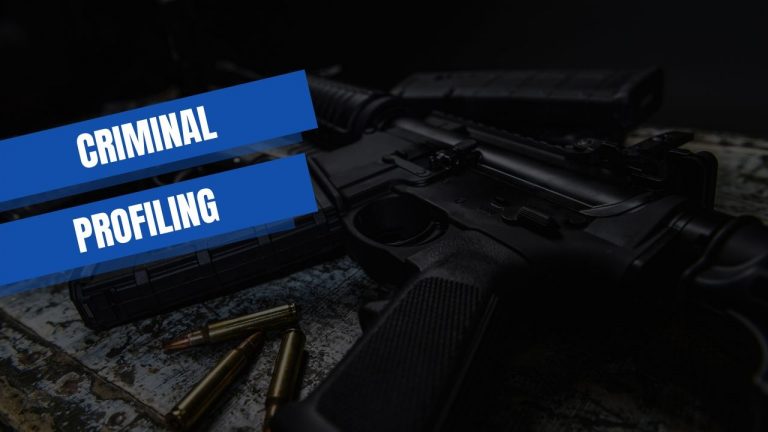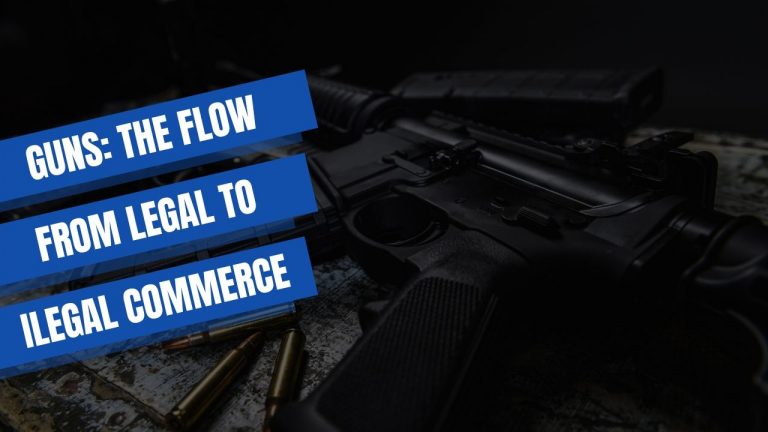A History Of The AR-15 Part 2 – The Jungles To The 80s
Today, the AR15 in all it’s variants and clones is easily the most popular rifle sold on the commercial market to citizens in the United States, including many built with components from E2 Armory. With America’s Rifle once again being under the microscope due to malignant lawmakers and their attendant mainstream media promoters, it is hard to imagine a time where the AR15 was actually a niche item on the commercial market. Gun Culture 2.0, with it’s focus on defense of self and property, had yet to take hold, and the AR15, with it’s Space Age looks and ergonomics, was generally regarded as something that only the military and police used.
Being the owner of the AR15 trademark, Colt decided to shift the “AR15” label to a line of semi-automatic rifles chambered in .223 Remington. So, in 1964, Colt released the semi-automatic AR15 to the world, taking aim at the law enforcement and citizen markets in the United States.
Enter the Colt AR15 Sporter.
The AR15 Goes To The American Citizens
The citizen market for firearms in the United States forms the bedrock of the industry, and has done so since the founding of our nation. Thus, when products destined for the military are introduced, research and development of citizen-legal variants (outside of NFA channels, of course) is usually part of the process. Colt, seeing this opportunity, chose to bring the AR-15 design to the citizen market, starting with the AR-15 Sporter SP1 R6000.
With it’s debut in January of 1964, the AR-15 Sporter SP1 incorporated the first round of changes to the M16 in it’s design, except for the forward assist. Since the rifle was semi-auto only, Colt and Stoner felt that the stresses on the weapon were lower, thereby decreasing the likelihood of a malfunction. Shipping with a 5-round magazine, the rifle was available for just under $200 in 1964 dollars, equivalent to $1911 in 2022.
Marketed as a target and small game rifle, sales of the SP1 were modest, despite the fact that with it’s 20-inch barrel and forgiving recoil, the AR-15 SP1 Sporter was an ideal platform for both tasks. At this time in the history of American gun culture, the bulk of firearms sales were for hunting, target, and competitive shooting. While people “knew” that a firearm could be rightfully used for self-defense as guaranteed by the Second Amendment, the whole idea of dedicated defensive rifles as a marketable product was still many years away. Generally if you needed a firearm for self-defense, you sorted yourself out with a pistol.
Around this time, a few M16s were also making it into NFA sales channels. Data is vague, but ironically other than the wait time for NFA processing, a citizen could easily acquire a real-deal M16 for themselves. The only barrier was the $200 tax, since at the time, that was about what an M16 would have been worth on the open market, making the NFA tax a 100% markup.
Regardless, it is worth noting that due to the vagaries of military procurement, the first mass-adoption of the AR-15 platform was the American citizen market.
As Colt held the rights to the AR-15 design, and since sales were modest, not much in the way of truly remarkable advances happened for quite awhile. Models such as the R6003 included a matched 3x optic, for example. Other variations featured a different finish, i.e. Coltguard. Still other variants reflected military trends and included a collapsible stock, and the then-new A2 “birdcage” flash hider, which is the standard muzzle device for an AR-15 barrel, including ones sold by E2 Armory.
The AR-15 in the 1970s
The 1970s. A war-weary nation was demanding a withdrawl from Vietnam, but our nation’s fighting forces still pressed on, aided by their M16 rifles. In the firearms world, war is often the catalyst for leaps in engineering and development, and the AR-15 and M16 were no exception.
Several variants sprung into existence or were adopted in great numbers. One variant, the Colt XM177, was the first mass-produced short-barreled variant of the AR-15 and M16. Designed for close-quarters combat by elite units, the XM177 proved it’s mettle in the dense jungles and ruined towns and cities of North Vietnam. With a 10.5-inch barrel (11.5-inch for some applications) this variant of the AR is a favorite of clone builders and NFA collectors alike.
The 1970s also saw the foundation for the AR-15 pistol being laid. Responding to a request for a weapon that could be used as a survival rifle by downed aircrews, Colt started developing the Individual Multipurpose weapon in 1968. Since military timelines tend to be long, the weapon was sadly rejected for use in the early 1970s. By then, the knowledge of the design was public, and veteran Special Forces operator Mack Gwinn had his company, Gwinn Firearms, produce something called the Bushmaster pistol. With no stock and a short barrel, the weapon was an oddity, even to the citizen market. Gwinn stuck it out, and his company grew, and is now known as Bushmaster.
The 1970s also saw the initial development of the 5.56x45mm NATO round. Based on the .223 Remington, the 5.56 NATO round, especially in it’s 62-grain SS109/M855 flavor, necessitated some changes to the base AR-15. Barrels with the 1/12″ twist rate could not stabilize the projectile, so 1/9″ and 1/7″ became the standard, and trickled down to the citizen market.
Meanwhile, Colt continued making tweaks and refinements to the M16 and AR-15. Improved metallurgy, 30 round magazines, the aforementioned barrel twist changes, and variants such as a 9mm carbine appeared. Colt had the lock on the patent, and other than license-built versions of the AR-15 and M16 by companies such as Canada’s Diemaco, the only real US source of the AR-15 was Colt themselves.
In 1977 all that changed, as Colt’s patent on the AR-15 expired. The floodgates had inched open…
The AR-15 Goes ’80s
The 80s. Pulling itself out of the doldrums of the Vietnam debacle and a stagnant economy during the Carter years, America hit the ground running. And the AR-15 with it. Colt’s patent had expired, and other companies were able to legally reverse-engineer the AR-15 and not have to pay royalties to Colt. Companies such as NESARD, PWA, Olympic, and DPMS took to the field, offering their own take on the AR-15. Most just mimicked the Colt designs, with few variations. This did represent the foundation of the AR market as it is known today, with many companies, including E2 Armory, producing their own take on the AR-15.
Since the design was “out there”, professional use picked up as well, with many law enforcement agencies picking up AR variants, especially since a new crop of police officers were Vietnam veterans, and already were familiar with the rifle.
Citizen use remained the provenance of collectors, self-described survivalists, and NFA aficionados. Several businesses such as Police Automatic Weapons Services (PAWS) popped up, offering to convert AR-15s to fully-automatic M16s for those who chose to play the NFA game.
However, the winds of politics were beginning to make themselves known. Certainly, federal gun control laws were already in place by the 1980s. Unfortunate legislation such as the NFA and the GCA were and still are the laws of the land. By this time, the administrative side of federal gun control laws had become the provenance of the ATF. Founded in 1971 during the Nixon years, the ATF regulated interstate commerce of alcohol, tobacco, and firearms. With a jumbled mission, abuse of power became common, and little was done to check it.
Enter the Firearms Owner’s Protection Act aka FOPA. Drafted by Republicans to solidify support amongst the base, FOPA did several good things, such as limited the inspection powers of the ATF, re-legalized direct mail order of ammunition, and secured the right of interstate travel with firearms. But, there was a “poison pill”, the Hughes Amendment.
Seeking to sink FOPA, Democratic Representative William J Hughes of New Jersey proposed an amendment, prior to FOPA leaving the House and being taken up in the Senate. The proposed amendment banned the future sale of automatic weapons to individual US citizens. Thinking the GOP wouldn’t stand for it, Hughes hoped this would ruin FOPA. However, the amendment was inserted under a dubious “voice vote”, and FOPA headed to the Senate. The Senate OK’d it, and President Ronald Reagan signed off on it, figuring that the Hughes Amendment would be struck down in the courts. It wasn’t, and hasn’t, and still remains today.
This affected the AR-15 in two major ways. Where Colt did not sell many M16s to the citizen market, many third parties took Colt AR-15s, and AR-15s by other companies, and converted them into M16s for citizen use. Since the Hughes Amendment forbade the sale of new automatic weapons to citizens after May 19th, 1986, these companies found themselves in a bind, with no legal market to sell their wares to. Most unfortunately folded.
The second way this affected the AR-15 was that this was the first foundational effort to ban so-called “weapons of war” to the general population. While Hughes was ostensibly a footnote in FOPA, some malevolent political operators took note, and waited for an opportunity to act…
Dark times were ahead for America’s Rifle…
Related Tag: ar 15 accessories








